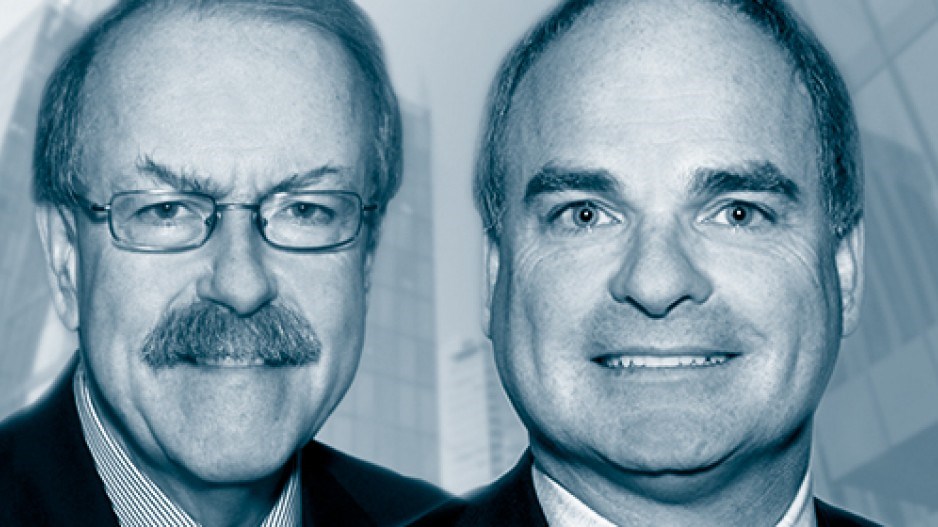Among all advanced economies, Canada imposes one of the heaviest income tax burdens on highly skilled people
The federal budget presented last month offered a timely reminder of something that many Canadians might not realize: a huge slice of Ottawa’s revenue comes from a single source, the personal income tax (PIT). Federal PIT revenue is projected to reach $152 billion in 2017-18, which is half of all of the money hoovered up by the national government. PIT is also the No. 1 revenue source for the provinces, although it makes up a significantly smaller portion of their tax base than of Ottawa’s.
Who pays personal income tax? Most households except those with very low incomes contribute something. But Canada Revenue Agency data indicates that the PIT burden falls preponderantly on the most economically successful tax-filers, as one would expect. The top 20% (ranked by income) cough up more than three-quarters of the personal income taxes collected by the federal and provincial governments. The remaining 80% of tax-filers pay the rest.
At the same time, the most affluent 1%, who in a typical year account for 11% to 12% of all personal income in Canada, provide one-fifth of the PIT revenue flowing to the federal and provincial governments. Put differently, the amount of income tax paid by the oft-mentioned 1% is 20 times greater than their share of the tax-paying population.
On this measure, the rich in Canada – a category that includes almost everyone with an annual income of at least $205,000 – are indeed covering a “fair share” of the cost of government services and programs. This reality runs contrary to the assertions of many politicians and left-leaning think tanks.
In part, the steep income tax burden on upper income earners reflects the fact that Canada maintains a “progressive” tax structure, in which people generally face higher tax rates as their incomes rise. There is broad support for this principle. But the relevant question is how high income tax rates should be pushed, given policy-makers’ desire to foster an economy that encourages innovation, entrepreneurial wealth creation and the upgrading of education and skills across the working-age population.
Unfortunately, after 15 years of tax reductions, the trend in Canada is now pointing in the other direction. Last year, the Trudeau government boosted the top federal tax rate by four percentage points (lifting it to 33% from 29%). Most provincial governments have also increased income tax rates at the high end. As a result, the highest combined federal-provincial personal tax rates now exceed 50% across most of Canada. B.C. is an exception, with a top combined rate of 47.7%, but tax rates will jump if the NDP wins the May 9 election. Among all advanced economies, Canada imposes one of the heaviest income tax burdens on highly skilled people. The Fraser Institute reports that among the 10 provinces and 50 American states, seven of the eight highest personal income tax rates are found in Canadian jurisdictions. Moreover, top income tax rates in the Great White North kick in at far lower income thresholds than they do in the United States. And all of this is before the Americans get around to addressing the tax reform agenda being promoted by President Donald Trump and the Republican-controlled Congress. Under the tax plan favoured by many Republicans, the highest U.S. federal personal income tax rate would drop to 33% from 40%. For states like Washington, Texas and Nevada, which have no state-level personal income taxes, 33% would then become the highest overall tax bracket. In most other states top tax rates would range between 35% and 42%.
Imagine a world where the personal income tax gap between Canadian provinces and the average U.S. state sits at 15 to 20 points for the most talented and ambitious segments of the population, versus a gap of five to 10 points today. In this world, Canada would be at risk of a growing brain drain of business and professional talent to the south. Over time, there would also be pressure on Canadian companies to shift some of their highest-value corporate jobs to the United States.
Canadian politicians need to rethink their current approach to tax policy. Marginal tax rates of 50%-plus on earned incomes work directly against the objective of building an economy that is powered by advanced skills, innovation and entrepreneurship.
Jock Finlayson is the Business Council of British Columbia’s executive vice-president and chief policy officer; Ken Peacock is the council’s chief economist.




